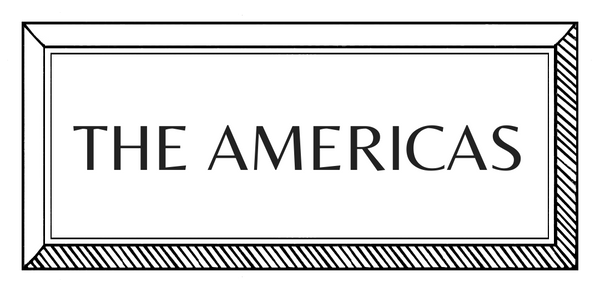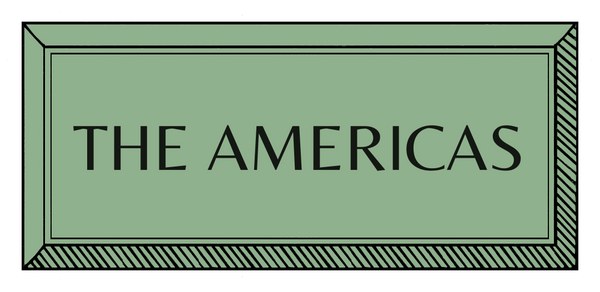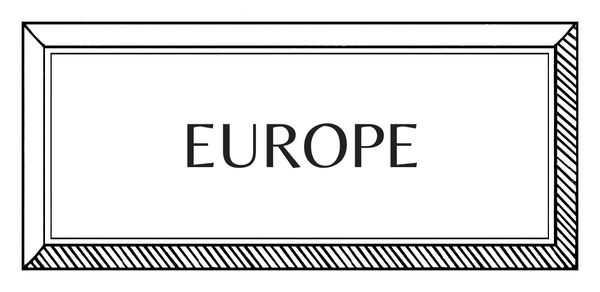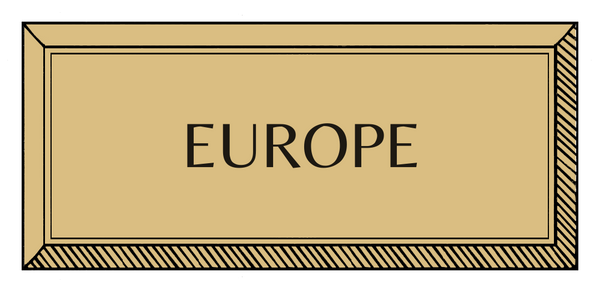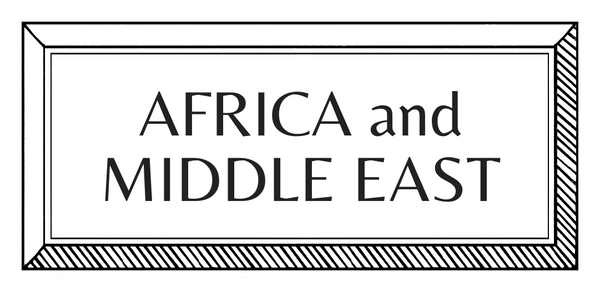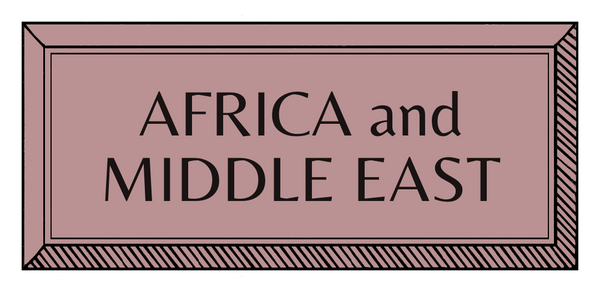MAKERS | ASIA & PACIFIC | INDIA | TEXTILES
Peter D'Ascoli & Talianna Studio | Textile Designer

Peter D'Ascoli photographed (right) at Talianna Studio in New Delhi
US-born India-based artist and textile designer Peter D’Ascoli established Talianna Studio after years practicing the crafts of weaving, printing and embroidery. Today, the long-time Cabana collaborator heads up the 35-strong studio, which now has several departments including hand embroidery and block printing. Peter shares the inspirational story of his craft.
How did you begin?
From a very early age I was greatly attracted to multi-colored graphic designs. When I was 10, while alone in my room looking at a book on military insignia, I became aware of the inordinate pleasure I had from looking at the images (in hindsight I recognize this as dopamine hits in my brain, and I have been addicted ever since).
It was then that I became an artist and would spend hours drawing and painting. It was only through a High School art teacher that I was guided to study textile design, and this is how I began learning about the crafts of weaving, printing, and embroidery. I trained at the Fashion Institute of Technology in Manhattan, before moving to India. I now have four decades of design and product development experience.
How did you, and your artisans, learn?
There are a total of 35 team members at the Talianna Studio broken into departments including the Design Studio, Hand Embroidery, Block Printing, Digital Printing, Sewing Workroom, and Administration. Indian craft has a system of teaching craft that is family based and skills are passed down generationally. Much like Medieval Europe there is an apprenticeship period that leads to a journeyman phase and then mastery. I am the creative director overseeing all graphic art creation in the studio, pattern curation and coordination, color work, and the assignment of inter-departmental product development.
Anoop Payal is the Studio Director and oversees the technical aspects of the CAD room and the digital printing department. Anoop joined Talianna from his home village in Uttarakhand and was trained at the company, working his way up to become a director. Master Nasiruddin Molha heads the hand embroidery atelier and was trained by his family in Kolkata. Master Sharat Parida heads the Block Printing atelier and was trained by his Uncle in the state of Uttar Pradesh. Master Nasruddin Khan heads the sewing workroom and learned his craft – pattern making, cutting and tailoring – from working at garment companies from the time he was a boy and had to earn money after the death of his father.
How do you plan, prepare and create?
Historic research is always at the heart of new projects, and the graphics underpinning our textile collections begin with a curated assortment of references from the company’s extensive archives. These edited groupings are then juxtaposed, scaled, and through a “texture & color filter” that gives the final fabrics a nostalgic, heirloom quality that has become the brand’s trademark.
Who or what most influences your work?
Our company sees Iconic, archetypal textile designs as highly symbolic, coded triggers of memory both conscious and unconscious, and the aesthetic culture of our brand has been built on original designs that channel these reinvented, classic fabric ‘types.’
What does a typical day look like?
Our office, studio, and workshops are together in one place, a small city just south of the Indian capital Delhi, in Faridabad, Haryana.
Mastery of anything requires time, patience, and hard work, and these qualities have become harder to embrace in our fast-paced information age in which we are constantly bombarded by stimulating distractions. The craft we practice allows us, in fact demands us, to slow down time and to patiently concentrate. This is a joyful privilege but it is also the challenge, and it brings to mind the quote attributed to the great American athlete Julius Erving, “Being a professional is doing the things you love to do on the days you don’t feel like doing them.”
One more thing... A Place or Space that inspires you?
Of the many places that inspire me around the world one standout is La Casa de Pilatos, an Andalusian palace in Seville, Spain. This historic residence of the Dukes of Medinaceli is a treasure house of Greco-Roman and Mudejar art. Mudejar is a unique artistic genre born in Spain that does not entirely belong to the cultures of Western Europe or Islam.
According to UNESCO, Mudejar art “constitutes an authentic testament to the peaceful co-existence in medieval Spain of Christianity and Islam with contributions from Jewish culture, the fruit of which was a new form of artistic expression. This art, influenced by Islamic tradition, also reflects various contemporary European styles, particularly the Gothic.” It is for this tolerant blending of cultures and decorative beauty that it is a favorite place of inspiration.

Interview by Camilla Frances
Images from Talianna Studio


















